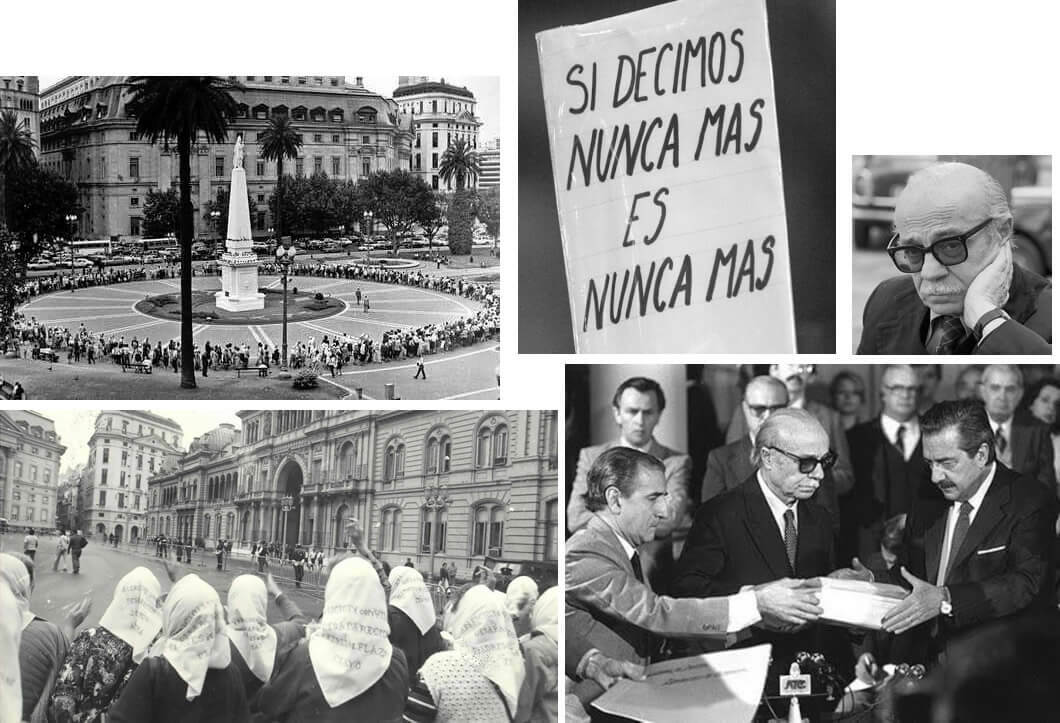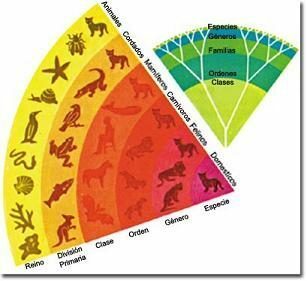Importance of the Theory of the Two Demons of Argentina
Miscellanea / / August 08, 2023
 To understand the period of popular unrest and military repression in Argentina during the 1970s, a metaphorical denomination is used: the Theory of the Two Demons. This label was coined for the first time by the writer and intellectual Ernesto Sábato in the «Informe Sábato" or "Nunca Más", which was prepared by CONADEP (National Commission on the Disappearance of People). in said document Detailed information appears on the atrocities committed by the Argentine military officials.
To understand the period of popular unrest and military repression in Argentina during the 1970s, a metaphorical denomination is used: the Theory of the Two Demons. This label was coined for the first time by the writer and intellectual Ernesto Sábato in the «Informe Sábato" or "Nunca Más", which was prepared by CONADEP (National Commission on the Disappearance of People). in said document Detailed information appears on the atrocities committed by the Argentine military officials.
Two evil or demonic forces are mentioned in the report: the subversive groups of the radical left and the military of the extreme right.
Both sectors became "evil forces" that fed each other. The position of the revolutionary and subversive groups encouraged the repressive discourse of the military and, in the same way, the military repression generated a reaction among the subversive groups.
Between one demon and the other was the vast majority of Argentine society.
Although the theory of the two demons is already part of the collective memory of Argentines, some consider it unfortunate.
The metaphor used by Ernesto Sábato has been widely debated. While some consider that it is a valid expression to express the climate of social confrontation that took place in Argentina in the 1970s, others believe that it is an unfortunate "theory". According to the latter, it is not reasonable to equate the two demons, since the military forces acted on behalf of the state and, consequently, its repressive action is much more serious than the revolutionary attitude of the groups of left.
In other words, the equating between the two forces creates a distortion of reality and, therefore, it is necessary to focus the focus of attention in the repressive machinery promoted by the state and not in revolutionary actions.
A theory applicable to other conflictive social situations
The idea of the two demons goes beyond the Argentine context. In fact, it could be applied to all those circumstances in which a part of society reacts violently against a minority or against a group classified as dangerous.
In many political and social conflicts there have been two irreconcilable sides: in the Spanish Civil War The two Spains (fascists and communists) faced each other, the whites and the reds in the Russian Revolution of 1917, the Hutus and the Tutsis in the rwandan genocide of 1994 or the German people against the Jewish power in Nazi Germany. In these and other similar contexts, a perverse idea has been used: one part of society is bad and harmful and, logically, has to be eliminated by the other part of society.
write a comment
Contribute with your comment to add value, correct or debate the topic.Privacy: a) your data will not be shared with anyone; b) your email will not be published; c) to avoid misuse, all messages are moderated.



